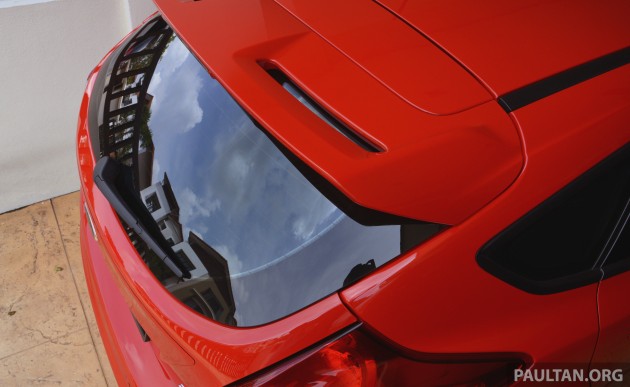According to a Berita Harian report, the Road Transport Department (JPJ) will be enforcing new vehicle tint regulations from November 1.
The new rules specify minimum permissible visible light transmission (VLT) levels of 70% for the windscreen, 50% for the front side windows and 30% for all other windows (rear side windows and rear screen), the report says.
The current rules stipulate 70% VLT for the windscreen and 50% VLT for all other windows (all side windows and the rear screen). This means that under the reported new rules, your rear side windows and rear screen may now wear darker tint.
JPJ director-general Datuk Seri Ismail Ahmad told BH that the revised tint regulations are in line with international standards. They apply to all Malaysian-registered vehicles, with exceptions given to certain parties.
Current (left) and reported new tint regulations effective November 1.
VLT expressed in percentages; the lower the number, the darker the tint
“(Translated) Exceptions are given to the Yang di-Pertuan Agong, the Prime Minister and his Deputy, Chief Ministers, Menteri Besar, Chief Justice and Ministers,” Ismail was quoted by BH as saying.
“The same goes for high-risk departments like the Royal Malaysian Police and the Royal Malaysian Customs.”
A few months back, amidst the whole Ops Cermin Gelap malarkey, JPJ proposed minimum permissible VLT levels of 25% for the rear side windows and rear screen.
Looking to sell your car? Sell it with Carro.














AI-generated Summary ✨
Comments generally reflect relief and support for the new tint rules, especially the allowance for darker tints in the rear and back windows, which many find beneficial for heat and sun protection. There is confusion around VLT measurements, with some asking if the numbers refer to film darkness or the remaining light. Several commenters note the inconsistency and lack of enforcement, criticizing the ability of authorities to accurately measure tint levels. Some express frustration over the exceptions granted to government officials and VIPs, perceiving it as unfair. A few are concerned about import car glass standards and compatibility with the rules, while others joke about the ease of bypassing regulations or the need to re-tint their cars. Overall, sentiments range from cautious optimism to skepticism regarding enforcement and fairness of the rules.